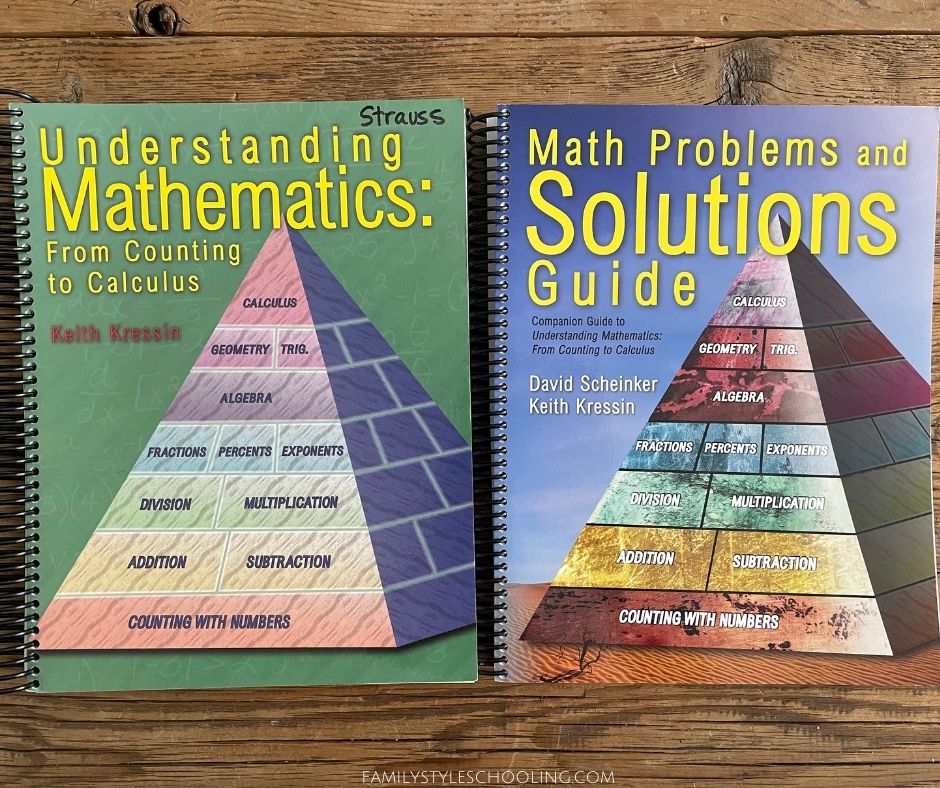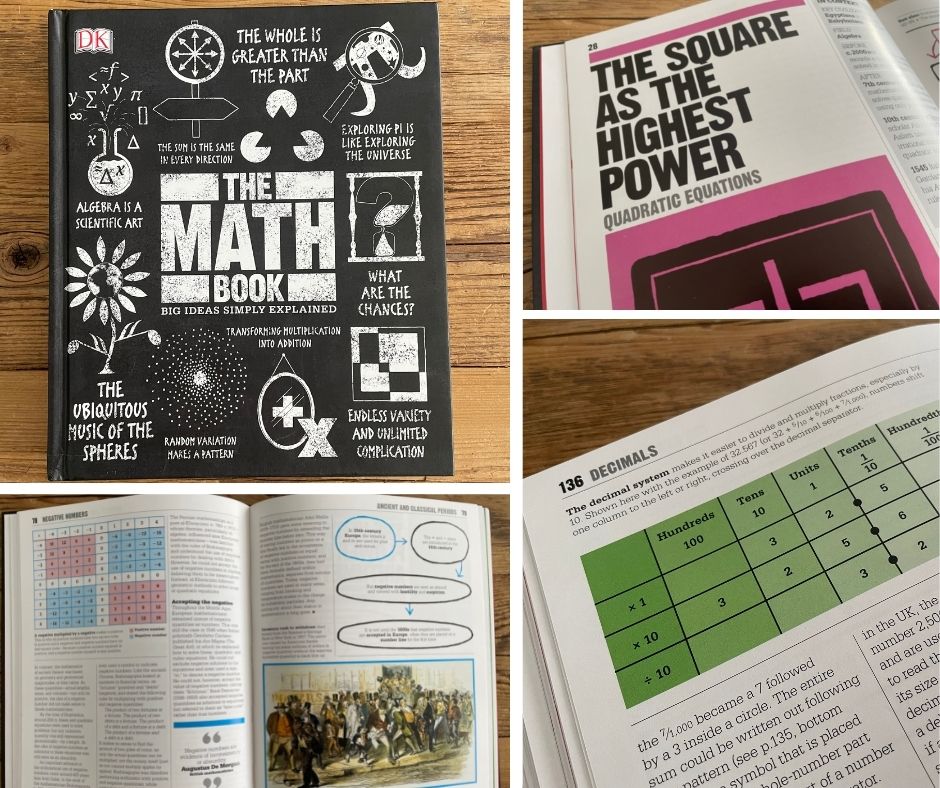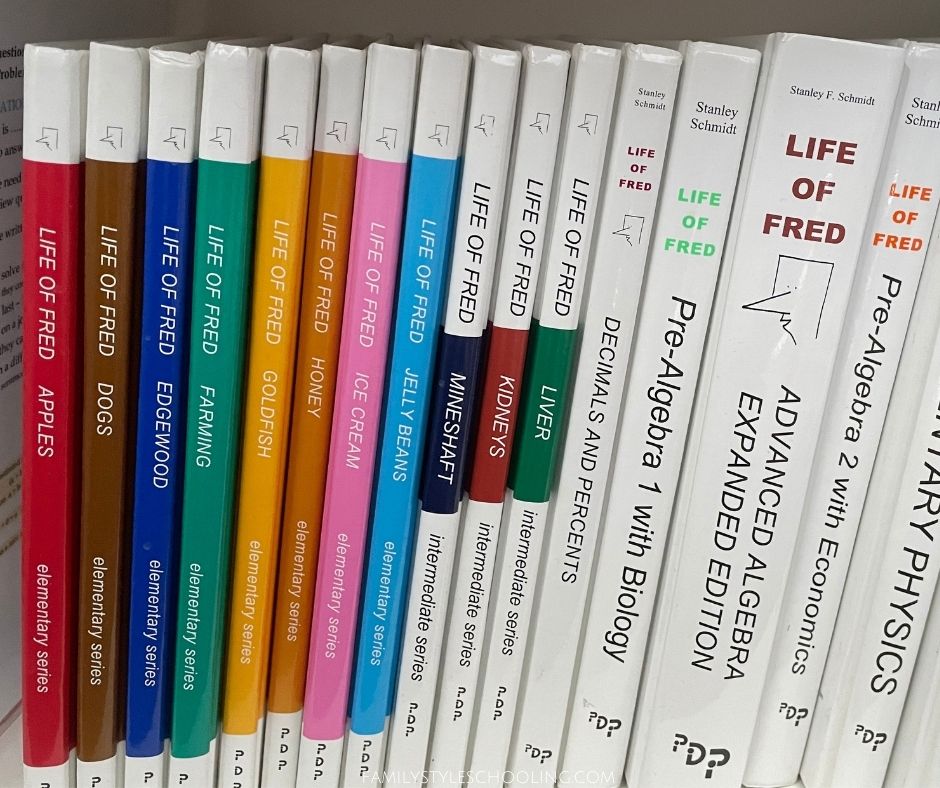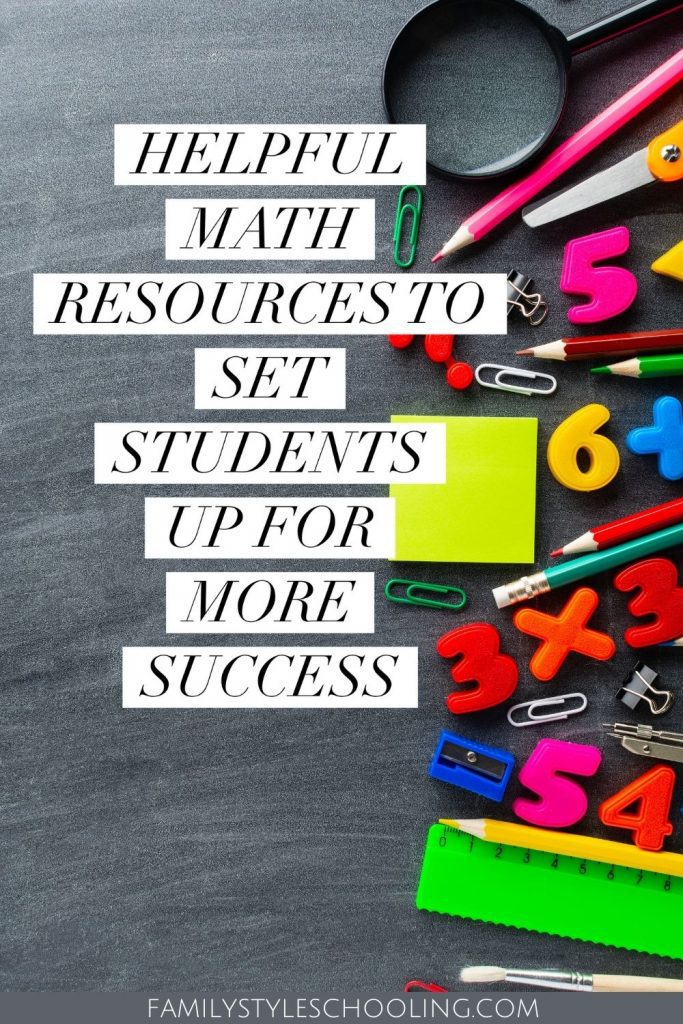Helpful Math Resources to Set Students Up For More Success
Math is always a touchy subject. It seems like most adults did not get a decent enough education to pass mathematical ideas onto their children. Additionally, math instruction seems to be constantly changing, which further frustrates the situation. I have found some supplemental math resources to be extremely helpful in both my own understanding of math as well as helping me be better at cultivating conversations about math with my students.
Mastering the Basics
Most struggles in math stem from a lack of knowledge of basic math facts. Simple errors can frustrate progress, and confuse the real educational issue.
Rapid Recall System
I really enjoyed using the Rapid Recall System with my youngest daughter. It focuses on utilizing multiple sessions of input before it requires any form of testing. Students listen to a series of facts, then write the answers as they listen, listen again, write again…for an entire week before they ask students to recall them.
There are sections for each of the four operations (addition, subtraction, multiplication, and division). You can also purchase all four as a set.
Math Resources for Grasping the Big Picture
Understanding Math
One of my favorite supplemental math texts is Understanding Mathematics: From Counting to Calculus. This book, along with its companion which offers a myriad of problems to practice, have been my go-to resources lately. Keith Kressin walks his readers through the fundamentals of math step-by-step in a way that makes math approachable.

It has been a great tool for me in tutoring scenarios when I need to get on the same page as my students. The instruction is simple enough for me to just pick up and use without much review and feel confident as I explain what’s happening in each step.
Students who have “fallen behind” in upper-level math could really benefit from using a resource like this to repair the foundation.
Visual Circle Math
I recently worked through some of the concepts in Visual Circle Math with my high school daughter. Even though they’re meant for elementary-aged students, they build a great foundation. These simple lessons provide a way to work with my daughter to gain a common math vocabulary.
One of the greatest skills I learned from an educational perspective from these lessons is how often I over-explain in math instruction. When I use too many words, I can overload my daughter’s processor and shut down any positive progress I might have been making.
Another great feature of these lessons is that it works from a premise that the teacher should be demonstrating the work 50% of the time, and the student should be practicing 50% of the time. This gives additional input opportunities to the child which helps increase their understanding.
Breaking Math out of Its Box
While walking around IKEA recently, I saw a woman sporting a shirt that said, “Another day has passed and I didn’t use Algebra once.” I chuckled to myself as I saw a mathematical formula in the sentiment: sounds like she was using addition with a variable, which totally goes against the argument she’s trying to make in wearing the shirt. I digress.
The problem isn’t algebra, but that it’s been put in its own private box, never to be let out to play with the other subjects. As a Classical learner, I have found that beauty, complexity, and intrigue are cultivated when you let more than one subject interact with one another.
The Math Book: Big Ideas Simply Explained is a great example of this. It walks through the history of math and how different ideas developed over time. All of the sudden, math becomes alive and it is fascinating to real people! What great exposure to these kinds of thoughts! Math has meaning and purpose and real-life applications when it is given a little air!

Math Resources for Going Deeper
If you really want to shake things up, these other fantastic reads might inspire you:
- Beauty for Truth’s Sake: On the Re-Enchantment of Education by Stratford Caldecott - This great read calls its audience to a higher vision of education in finding the beauty in the harmony of the cosmos. As students discover the intricacies of the universe, the ideas direct their minds to the creator God. He writes beautifully and seeks to bring mathematics out of the purely utilitarian realm and back into the contemplative disciplines.
- Redeeming Mathematics: A God-Centered Approach by Vern S. Poythress - I love the focus of this book on knowing the character of God. By digging into the order and complexity of math, students can grow in their understanding of God and man.
- Mathematics: Is God Silent by James Nickel - This is a thick read, but a solid argument on the idea behind whether mathematics can be taught from a distinctively Biblical perspective. He argues that mathematics is a tool that reveals the attributes of God, and fulfills the dominion mandate. As we learn to use this tool, we are better equipped to fulfill our purpose on earth.
- Mathematics for the Nonmathematician by Morris Kline - In this text, Kline argues for mathematics as an art which therefore should be pursued as any other art.
Math for Literature Lovers
If you’ve never run across The Life of Fred, you are really missing some mathematical magic. Dr. Stanley F. Schmidt just makes math fun. Fred is a five-year-old math prodigy that is teaching math at a college level. Readers follow his adventures through life with his crazy antics and play with math along the way.

We started reading these math resources as a family in our morning time years ago, but my kids still bring up the math principles in conversation with fondness as we remember those first moments with Fred.
The elementary books are ordered alphabetically (Apples, Butterflies, Cats, Dogs, Edgewood, Farming, Goldfish, Honey, Ice Cream, and Jellybeans), and then the series continues all the way through Calculus. We never used this as our main math resource, but it was a great summer supplement.
Betsy Strauss is an unexpected homeschooler, mother of three, who is in a relationship with a sweet man for life. She loves reading books, drinking coffee, and learning anything with her kids.


